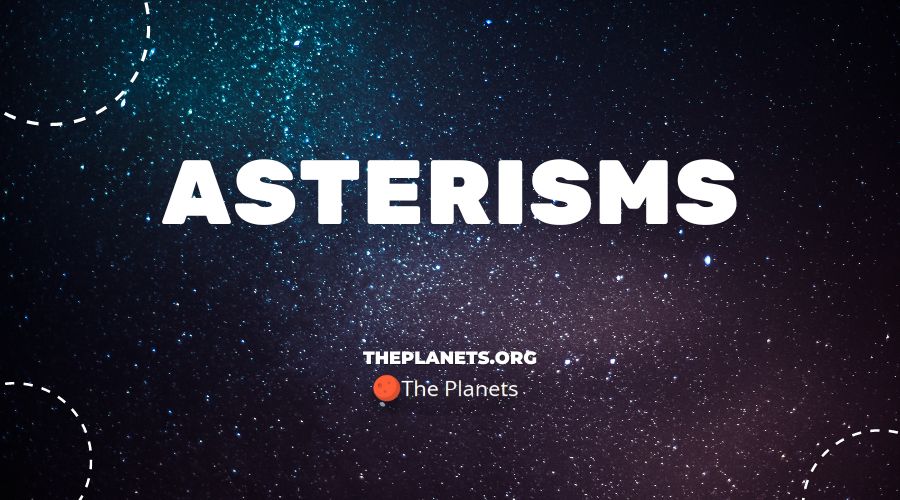
Kemble’s Cascade
Stars and sky patterns are getting discovered day by day. The fun part about it is that everyone gets a chance to contribute. Kemble’s Cascade asterism was discovered by an amateur astronomer. It just goes to show that everybody is invited to uncover the secrets of the night sky!. Let us explore more about this celestial cascade.
Northern Cross Asterism
The Northern Cross is a clipped version of the constellation Cygnus the Swan and is an asterism. It’s pretty easy to spot. It’s a large, noticeable star pattern. The star Deneb marks the highest of the Northern Cross , and the star Albireo marks the bottom.
Orion’s Belt Asterism
Even without our telescopes and binoculars, we can still enjoy the spectacle of our night sky. One crowd favorite is the Orion’s Belt Asterism. It is by far one of the easiest to identify in the sky. There are many interesting facts about this asterism that goes beyond time and culture, so let us dive deep into it.
Orion’s Sword Asterism
The constellation of Orion is perhaps one of the crowd-favorite patterns of the night sky. The form of this celestial hunter reminds us of the things that make it stand out. As if placed in the night sky during one of his hunts, Orion brought with him his belt, club, shield, and of course, sword. Let us get to know more about the simple yet fascinating Orion’s Sword asterism.
Spring Triangle Asterism
The Spring Triangle is an asterism made up of the stars Arcturus, Spica, and Regulus. These are the brightest stars in the constellations of Boötes, Virgo, and Leo, respectively.
This sky pattern earned its name because it is most prominent during springtime in the northern hemisphere. This time, however, it is autumn in the southern hemisphere.
Summer Triangle Asterism
The Summer Triangle is an asterism most prominent in the northern sky during summer. It is made up of the stars Altair, Deneb, and Vega. This pattern of stars is easy to spot because these are the brightest stars in the constellations of Aquila, Cygnus, and Lyra, respectively.
Since it is one of the most recognizable objects in the sky, the Summer Triangle was used for navigation in the past. Because of that, it was once dubbed the “Navigator’s Triangle.”
Southern Cross Asterism
The Southern Cross asterism is the most distinctive feature of the constellation Crux, which is the smallest constellation in the night sky. The Southern Cross is one of the best known asterisms and the most familiar star pattern in the southern hemisphere. It is also one of the easiest asterisms to identify.
The Big Dipper
The Big Dipper asterism is found in the constellation Ursa Major, also known as the Great Bear, and is one of the most easily recognizable asterisms in the night sky. It is known all around the world and goes by many names, including the Plough, the Great Wagon, Saptarishi and the Saucepan.
The Little Dipper
The Little Dipper is in the Ursa Minor constellation. Ursa Minor was among the earliest identified constellations. It was included in the Almagest, where Ptolemy listed 48 constellations. Now, it is one of the 88 modern constellations recognized by the International Astronomical Union (IAU).
The Teapot Asterism
The “Teapot” is what’s referred to as an asterism instead of a constellation. The asterism lies next to a dense area of the Milky Way and within it you can find a variety of Messier objects and other famous deep sky objects.
Winter Hexagon
The Winter Hexagon or Winter Circle/Oval is an asterism prominently in the sky from approximately December to March. One way to find to Winter Hexagon is by locating the Winter Triangle, and though it is smaller, it is easier to find since it contains three of the ten brightest stars in the night sky.
Winter Triangle
This heavenly equiangular triangle is a landmark of the winter night sky and is made by our brightest night sky star, Sirius, the enormous star, Betelgeuse, and the brightest star in Canis Minor, Procyon.